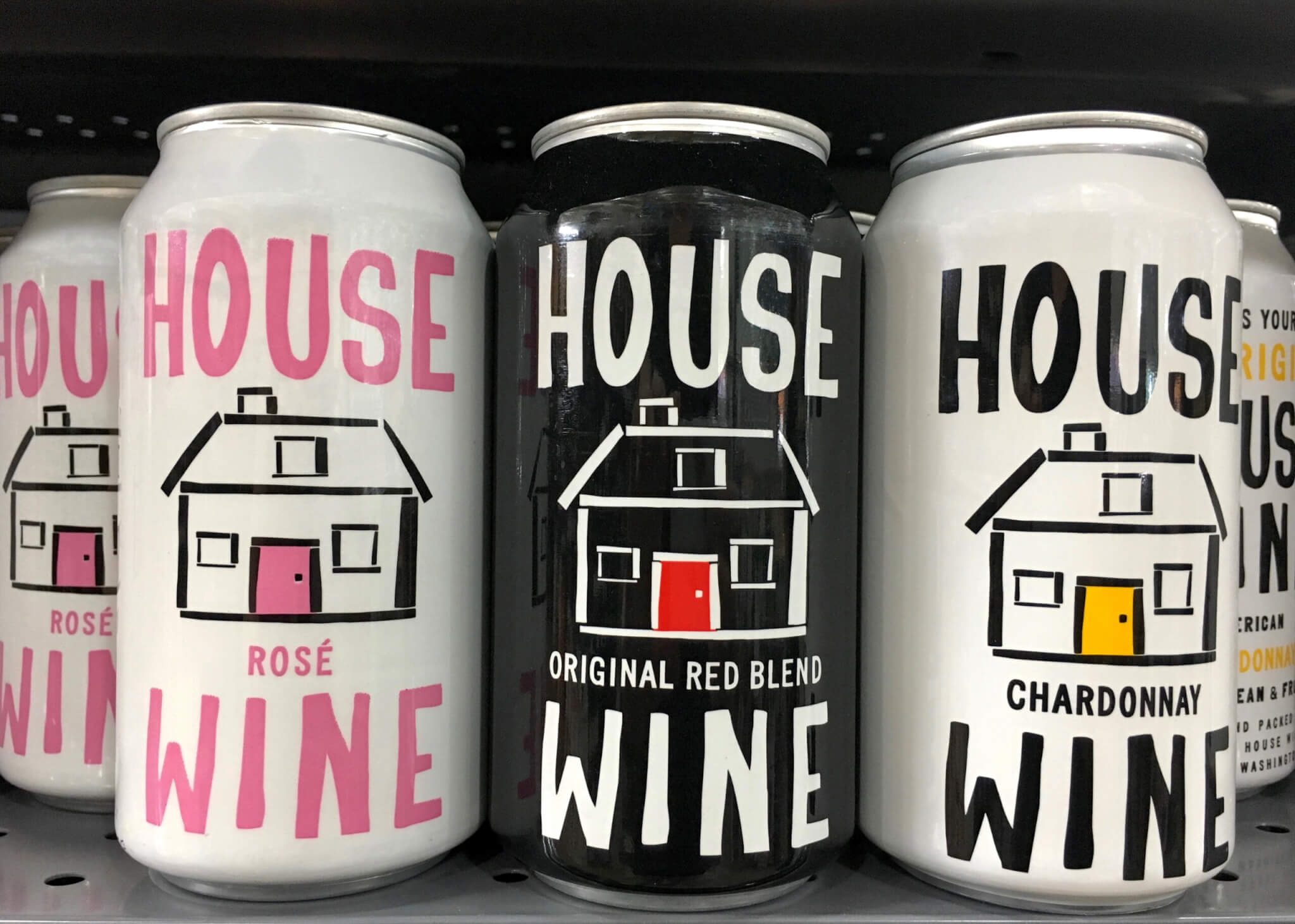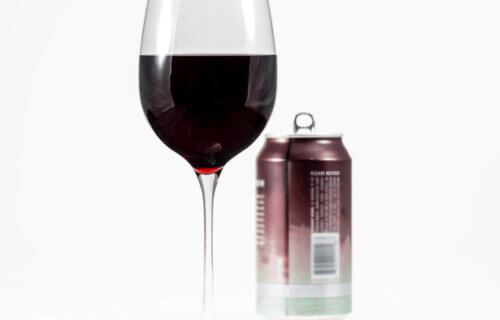ITHACA, N.Y. — If you need a smelly reminder that you probably should have spent a few extra bucks for a bottle, canned wine sometimes gives off a pungent and unpleasant aroma of rotten eggs. Now, scientists at Cornell University report they’ve uncovered the source of this unappetizing scent. Moreover, study authors add they believe it’s possible to do away with the aroma by ever-so-slightly altering canned wine’s formulation and packaging.
Researchers explain that choosing the right ultra-thin plastic coating inside aluminum cans will go a long way towards improving the aroma of the beverages, as well as the overall lifespan of containers. The packaging used for many current canned wine products is prone to corrosion.
The groundwork for this research, conducted by Gavin Sacks and Julie Goddard, both professors of food science at Cornell, was actually laid many years ago when Sacks was approached by a group of winemakers who were dealing with occasional quality issues in relation to canned wines; corrosion, leakage, and mingled amid the fruity and floral notes – a certain rotten egg smell.
Crucially, the study authors found that the single most important compound for predicting can failure, corrosion, and off aromas appears to be the neutral or “molecular” form of sulfur dioxide (SO2). This compound is habitually used as an antioxidant and antimicrobial by winemakers. The plastic lining of cans does not fully stop interactions between molecular SO2 and the aluminum, which results in the production of hydrogen sulfide (H2S), or the source of the rotten egg smell.
“Of all the things we measured, most had no correlation,” Prof. Sacks says in a media release. “The one that stood out was molecular SO2. With that, wineries typically aim for about 0.5 to 1 parts per million (ppm). We were noticing that in wines with more than 0.5 ppm molecular SO2, we had sizable increases in hydrogen sulfide, the rotten egg smell, within four to eight months.”

The study says maintaining 0.4 ppm of SO2 in wine and the use of epoxy liners may ensure low formation of hydrogen sulfide during long-term can storage for up to eight months.
“We’re suggesting that wineries aim on the lower end of what they’re usually comfortable with,” Sacks explains. “Yes, there’s going to be the chance of having more issues of oxidation. But the good news is that cans provide a hermetic seal. They’re not likely to let in any air if the canning is done properly, which is why brewers love them. It’s great for preventing oxidation.”
It is somewhat ironic that molecular SO2 is the driving force behind smelly canned wine; molecular SO2 levels tend to be lower in red wines than in white wines. But, since people generally associate cans with cheaper and less serious wines, many companies don’t put their red wines in cans.
“If you go to a store, you’re far more likely to see sparkling wines, white wines, rosés in cans, but unfortunately, those are the products that are more likely to have issues,” Prof. Sacks adds.
The thicker the liner coating, the less corrosion. Still, reactions between wine and liner varied during storage. Additionally, researchers admit there isn’t an easy fix to this problem. There are numerous downsides to using thicker liners; they are expensive and less environmentally friendly due to the thicker plastic being burned off during the aluminum recycling process.
Moving forward, Sacks and Goddard are now working with Héctor Abruña, professor of chemistry, to design more robust liners using food-grade materials that will prevent corrosion. This new project is funded by the U.S. Department of Agriculture’s National Institute of Food and Agriculture. The group is also focusing on another common yet ultimately minor beverage complaint: sour beer.
The study is published in the American Journal of Enology and Viticulture.
